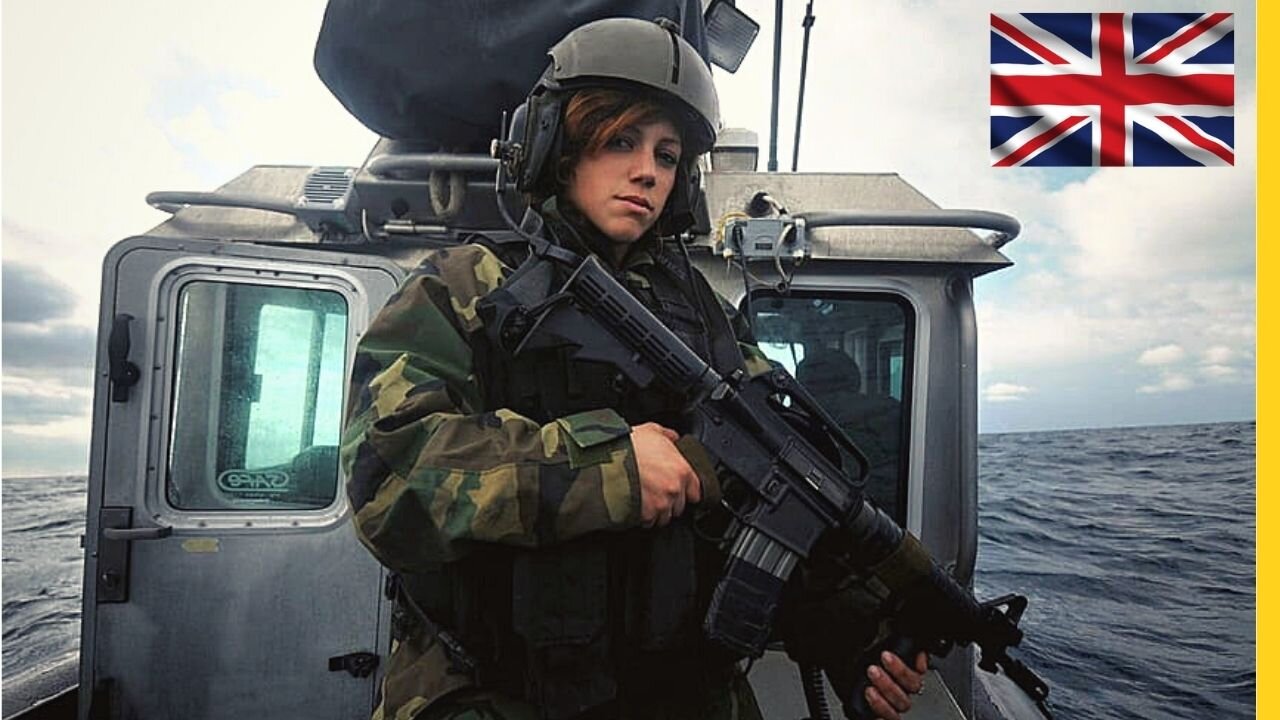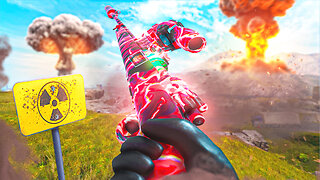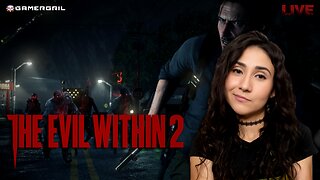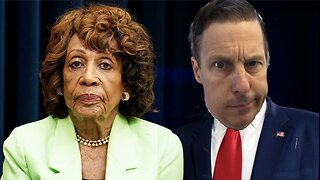Premium Only Content

Review of All British Armed Forces Equipment / Quantity of All Equipment
The British Armed Forces, also known as His Majesty's Armed Forces, are the military forces responsible for the defence of the United Kingdom, its Overseas Territories and the Crown Dependencies. They also promote the UK's wider interests, support international peacekeeping efforts and provide humanitarian aid.
Since the formation of the Kingdom of Great Britain in 1707 (later succeeded by the United Kingdom), the British Armed Forces have seen action in a number of major wars involving the world's great powers, including the Seven Years' War, the American Revolutionary War, the Napoleonic Wars, the Crimean War, the First World War and the Second World War. Britain's victories in most of these wars allowed it to influence world events and establish itself as one of the world's leading military and economic powers. The British Armed Forces consist of: the Royal Navy, a blue-water navy with a fleet of 70 commissioned ships, together with the Royal Marines, a highly specialised amphibious light infantry force; the British Army, the UK's principal land warfare branch; and the Royal Air Force, a technologically sophisticated air force with a diverse operational fleet consisting of both fixed-wing and rotary aircraft. The British Armed Forces include standing forces, Regular Reserve, Volunteer Reserves and Sponsored Reserves.
The Head of the Armed Forces is the British monarch, currently Charles III, to whom members of the forces swear allegiance.[citation needed] Long-standing constitutional convention, however, has vested de facto executive authority, by the exercise of royal prerogative, in the Prime Minister and the Secretary of State for Defence. The Prime Minister (acting with the Cabinet) makes the key decisions on the use of the armed forces. The UK Parliament approves the continued existence of the British Army by passing an Armed Forces Act at least once every five years, as required by the Bill of Rights 1689. The Royal Navy, the Royal Air Force and the Royal Marines among with all other forces do not require this act. The armed forces are managed by the Defence Council.
The United Kingdom is one of five recognised nuclear powers, a permanent member on the United Nations Security Council, a founding and leading member of NATO and party to the AUKUS security pact and the Five Power Defence Arrangements. Overseas garrisons and training facilities are maintained at Ascension Island, Bahrain, Belize, Bermuda, British Indian Ocean Territory, Brunei, Canada, Cyprus, the Falkland Islands, Germany, Gibraltar, Kenya, Montserrat, Nepal, Qatar, Singapore and the United States.
_______________________________
► More Military videos on: https://www.youtube.com/c/QUASAREntertainment/videos
TWITEER: https://twitter.com/QuasarEnter
_______________________________
#britisharmy #britishnavy #britishairforce #full #review #equipment #uk #british #army #forces
-
 LIVE
LIVE
Sgt Wilky Plays
2 hours agoRumble Gaming Bad Company Presents WARZONEPALOOZA
131 watching -
 LIVE
LIVE
Rallied
2 hours ago $0.69 earnedSolo Challenges ALL DAY
108 watching -
 17:54
17:54
Nate The Lawyer
5 hours ago $1.88 earnedChicago Mayor’s $600M Migrant Spending Leaves City $1.1B Budget CRISIS.
13.1K24 -
 LIVE
LIVE
GritsGG
6 hours agoRumble Customs! 3515 Ws! 🫡!
314 watching -
 LIVE
LIVE
cosmicvandenim
15 hours agoVAN DENIM x RALLIED & GRITS | Team 6: Denim Grit | Warzonepalooza Tournament
222 watching -
 LIVE
LIVE
GamerGril
3 hours ago💕 The Evil Within 2 💕 | First Time Playthrough | Backseat Gaming Encouraged
64 watching -
 1:03:57
1:03:57
Jeff Ahern
3 hours ago $2.80 earnedThe Saturday show with Jeff Ahern
14.7K4 -
 LIVE
LIVE
ZWOGs
3 hours ago🔴LIVE IN 1440p! - Sgt Wilky's WARZONEPALOOZA - Warzone Resurgence Tournament - Come Hang Out!
51 watching -
 LIVE
LIVE
Flexible Games
6 hours agoMasked Stranger in Grounded 2!
11 watching -
 LIVE
LIVE
DynastyXL
10 hours ago🔴LIVE: Fortnite The Comeback Stream Starts Here🎃
52 watching